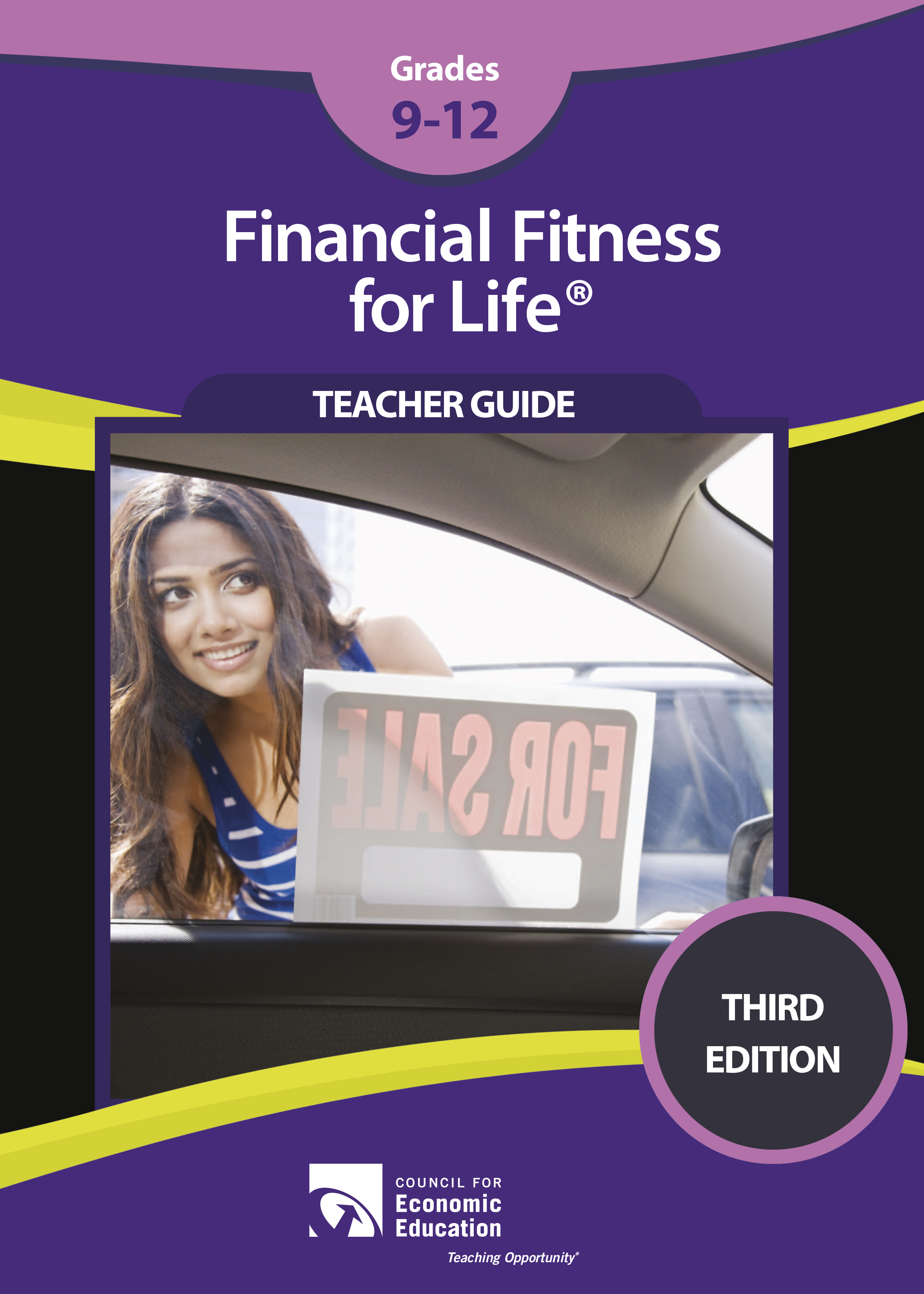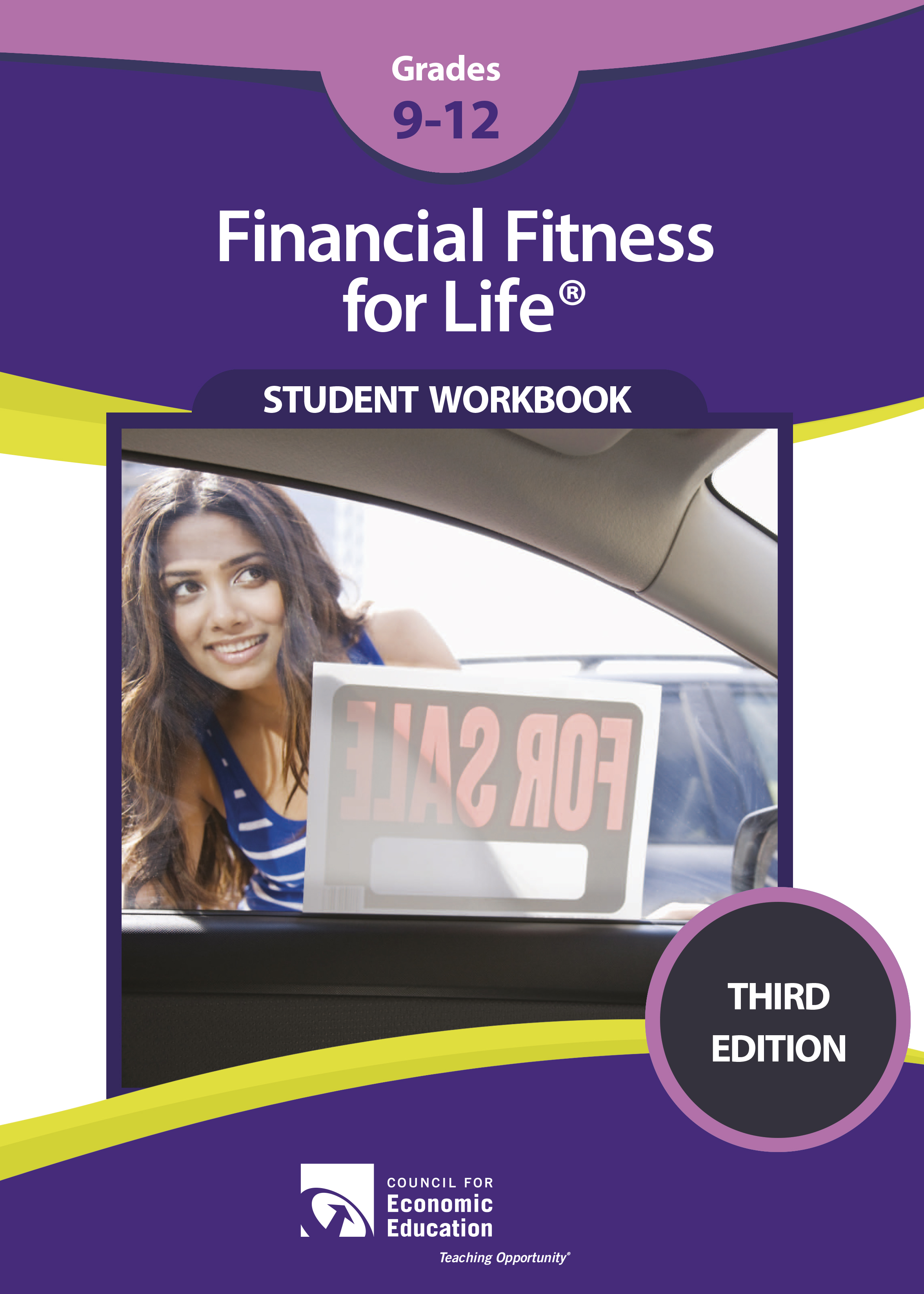
Publication
Don’t Be Scammed
Objective
Students will be able to:
- List ways individuals and companies attempt to gain money and personal information from others for fraudulent uses.
- Explain how individuals can protect themselves from identity theft and other scams.
- Provide suggestions on where to obtain information on scams.
- Give information on where to report scams.
Concepts

In this personal finance lesson, students will review tips to avoid being scammed, and learn where to report scams.
Book Info
This lesson is part of Financial Fitness for Life 9-12, 3rd Edition and provides the slides and activities with educational technology tools. For full access to the book, shop the teacher guide and student workbook below.
Teacher Guide |
Student Workbook |
|
|
|
Description
Each year hundreds of thousands of individuals, both young and old, are victims of scams. The Federal Trade Commission reported that 1.1 million people reported fraud in 2017 for a total of $905 million in losses. The top fraud was imposter scams with nearly 350,000 reported. There are thousands of new scams reported each year. In this lesson students learn about identity theft and scams and their general characteristics. They gather information on some of the most common scams, review tips to avoid being scammed, and learn where to report scams and obtain help if they think they have been the victim of a scam. The lesson also provides students with ways to protect themselves against identity theft.

